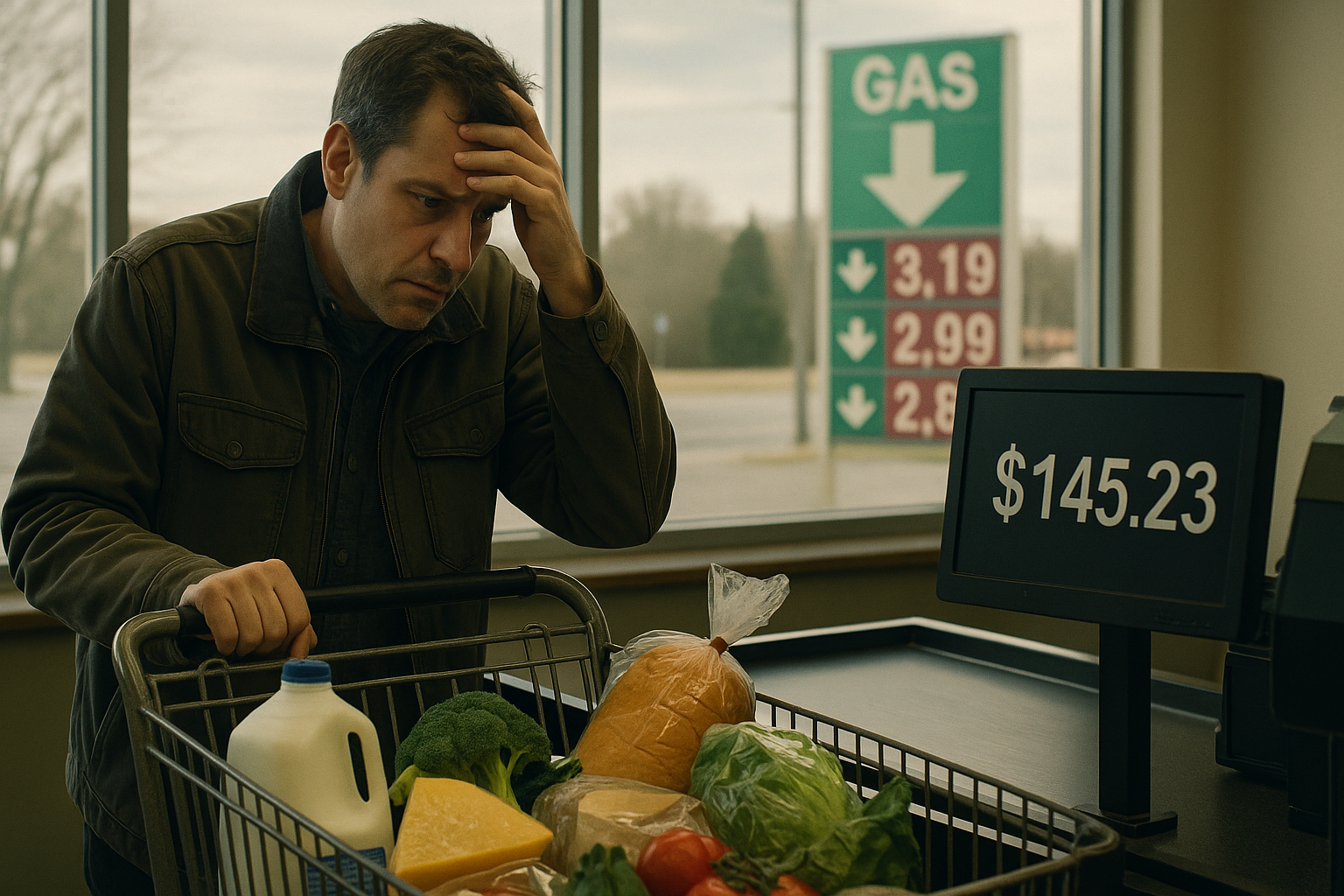The stock market is soaring. So why isn't anybody celebrating?
That's the trillion-dollar question hanging over Wall Street these days, where we're witnessing what might be the most unloved bull market in recent memory. The S&P 500 has climbed a whopping 20% from October's lows. The tech-heavy Nasdaq has staged an impressive comeback. Yet most market players are hanging back, clutching their cash like it's the last bottle of water in the desert.
I've been covering market psychology for years, and I can't remember seeing such a disconnect between performance and sentiment. It's weird. Unsettling, even.
The evidence is everywhere. Fresh numbers from SentimenTrader, Ned Davis Research, and Vanda all tell the same story — nobody wants to commit. Equity exposure remains stubbornly below historical averages. Mutual funds? Cautious. Hedge funds? Skittish. Retail traders? Still nursing wounds from 2022's beatdown.
Bank of America's latest Global Fund Manager Survey (always a good barometer for the professional investing crowd) confirms this bizarre phenomenon. A net 28% of investors are taking a more-cautious-than-normal approach. That's not just conservative — that's downright paranoid.
Think about it. Equity allocations sitting a full standard deviation below their long-term average? During a rally? That's like refusing to dance when your favorite song comes on.
So what the heck is happening here?
Well, we're watching the classic "wall of worry" thesis play out in real time. Markets climb these walls precisely because widespread skepticism creates a reservoir of potential buying power. When everyone's already all-in, there's nobody left to buy. But when sophisticated investors are underweight equities, that's dry powder that can fuel further advances.
Look, the psychology at work here is fascinating. After the beating markets took in 2022, it seems like the entire investment community is suffering from financial PTSD. They've been conditioned to expect disaster around every corner: inflation coming back with a vengeance, recession signals flashing red, the Fed making a policy mistake, geopolitical chaos erupting somewhere new.
Every rally is suspect. Every advance is presumed temporary. Nobody trusts this market.
And that—counterintuitively—creates a remarkably resilient market structure.
Any negative news gets quickly priced in (because expectations are already modest), while positive surprises can drive sustained upside as reluctant investors are forced to chase returns they've been missing.
The hedge fund crowd exemplifies this dynamic perfectly. These supposedly sophisticated investors have been chronically underexposed throughout this rally. Each uptick becomes increasingly painful as they lag benchmarks and face those awkward client conversations about missing the move. Eventually, their pain tolerance reaches its limit and they capitulate, buying in at higher prices... and inadvertently fueling further advances.
Retail investors? Same story, different players. After getting absolutely crushed in 2022, many individual investors ran for the hills, piling into cash or perceived safe havens. Data shows they've been tiptoeing back in, but they're nowhere near fully committed. Each week the market doesn't crash reinforces their confidence just a little bit more, potentially creating a steady stream of new buyers.
I've seen this movie before (having covered markets through several cycles), and I can tell you: the most hated rallies often prove surprisingly durable precisely because skepticism acts as a shock absorber against volatility. When everyone's already expecting the worst, actual bad news tends to land with a whimper, not a bang.
The contrarian indicator is flashing in neon: widespread skepticism typically creates the conditions for further gains, not reversal.
That's not saying this rally continues uninterrupted. Markets never move in straight lines—they stagger forward like a drunk trying to find his keys. But the psychological setup—with institutional investors still playing defense and cash positions elevated—suggests the path of least resistance remains upward until sentiment becomes genuinely frothy.
The greatest irony? By the time most investors fully embrace this bull market, it'll probably be approaching its end. Markets have this sadistic tendency to reward early, contrarian positions and punish the consensus view once it finally forms.
For now, this rally remains the Rodney Dangerfield of markets—it "don't get no respect." And paradoxically, that lack of respect may be its greatest strength.




